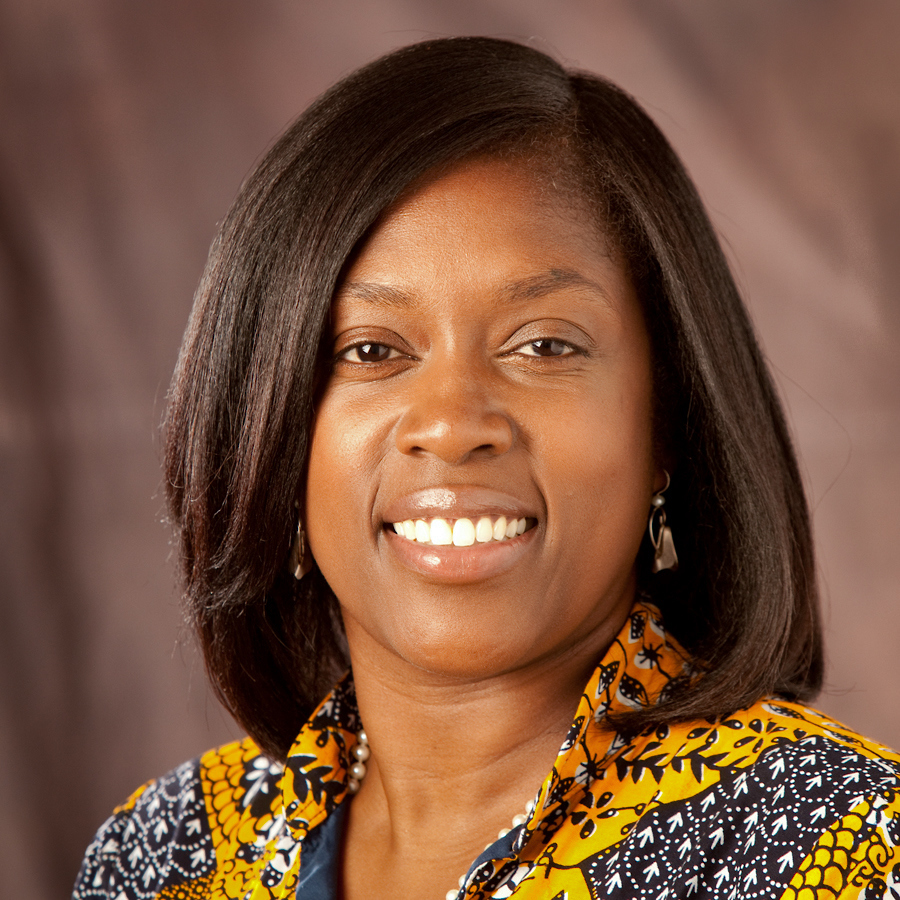
Press April 3, 2020
Principal Valentine talks with the folks at the Fund for Educational Excellence on how she’s managing: Baltimore School Leaders and Their Response to COVID-19 – Zaharah Valentine, Baltimore Design School
“Teachers are gone, and all staff and most students signed up for Google Classrooms, we’re winning! Or so I thought. Our team is so dedicated that every single time a scholar responds or ask a question, we’re there, even at 10 pm. It hit me hard and fast that we’ve never done this before, and we lack virtual structures to sustain the momentum of students and teachers buying in. As a result, I sat tirelessly researching online schools and their outcomes.”

The Fund asked a group of City Schools’ principals to share their experience in grappling with school closures and the COVID-19 crisis. In our fourth blog post of this series, Zaharah Valentine, principal of Baltimore Design School, provides her perspective on the challenges she and her staff are facing during this time:
I.
As anxiety and fear kick in across the globe, our state and city, it’s vital to ground everyone towards self-care during the COVID-19 crisis. The Baltimore Design School was very forward-thinking before the pandemic caused the ripple in how we interact with one another and our scholars. All classes were set up for Google Classrooms, thanks to the insight of one of our teacher leaders, Anissa Wall. We had emergency assemblies with our high schoolers and explained that prom might be virtual, and we needed them to be leaders. We surveyed every scholar that attended school and wanted to know three things:
- Do you have the internet?
- Do you have a device (computer or phone)?
- Are your address and telephone number in the system correct?
We met with our Baltimore Teacher’s Union school-based group because several staff members were experiencing anxiety attacks as leaders were still scheduling formal observations. We planned for ten days of online instruction, and then Governor Hogan and State Superintendent of Schools, Dr. Salmon, announced the two-week shutdown.
The staff was nervous and anxious, including me. Later that night, I sent an email that asked everyone to report to school with clean up clothes on, so we could support the custodian with his tedious tasks. Everyone chipped in and began to clean. However, I could still sense the level of anxiety around the unknown. I found myself struggling to model a calm demeanor. As a result, I called all the staff together in a Restorative Circle, and we discussed the next steps. The energy felt better, and I felt better.
After we dispersed, I went to the intercom, and I turned into “Zdiddy the DJ” and requested that teachers call into the BDS hotline. It was beautiful to play the requests of staff, as we danced while helping our custodian clean and disinfect our school. The music spectrum went from Rock and Roll to Caribbean Classics like Bob Marley. Several teachers reported feeling energized, inspired, and proud of how the leadership team gracefully handled the situation. We left proud!
II.
Teachers are gone, and all staff and most students signed up for Google Classrooms, we’re winning! Or so I thought. Our team is so dedicated that every single time a scholar responds or ask a question, we’re there, even at 10 pm. It hit me hard and fast that we’ve never done this before, and we lack virtual structures to sustain the momentum of students and teachers buying in. As a result, I sat tirelessly researching online schools and their outcomes. I drafted my ideas. My stellar Assistant Principal, Darrin Brozene, and model school guidance counselors, Shannon Hayes and Lindsay Klausmeyer critiqued it and made it clearer. The last step was running it through three model & lead teachers, Stephanie Cafaro-Edwards, Valencia Clay, and Leah Hucker.
Teachers are gone, and all staff and most students signed up for Google Classrooms, we’re winning! Or so I thought. Our team is so dedicated that every single time a scholar responds or ask a question, we’re there, even at 10 pm. It hit me hard and fast that we’ve never done this before, and we lack virtual structures to sustain the momentum of students and teachers buying in. As a result, I sat tirelessly researching online schools and their outcomes. I drafted my ideas. My stellar Assistant Principal, Darrin Brozene, and model school guidance counselors, Shannon Hayes and Lindsay Klausmeyer critiqued it and made it clearer. The last step was running it through three model & lead teachers, Stephanie Cafaro-Edwards, Valencia Clay, and Leah Hucker.
Then I started to experience massive anxiety (Click to read more}